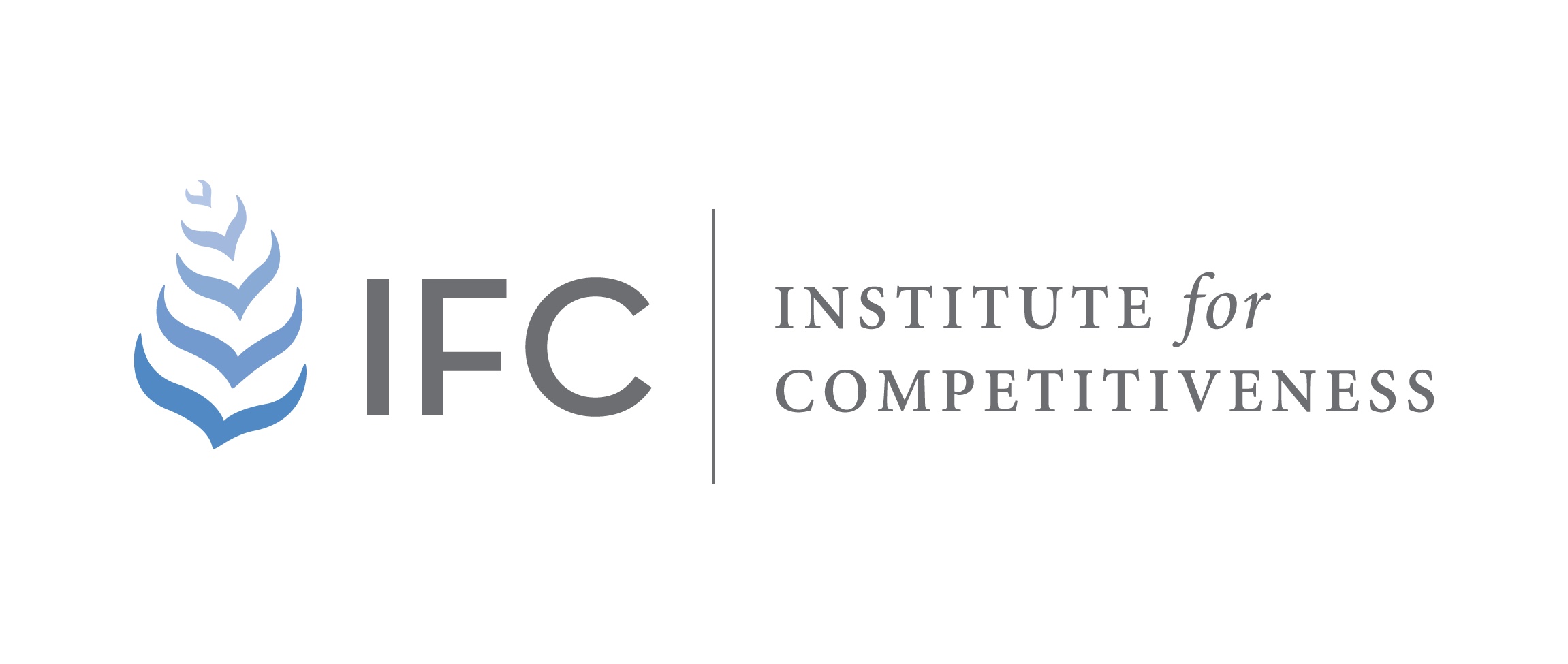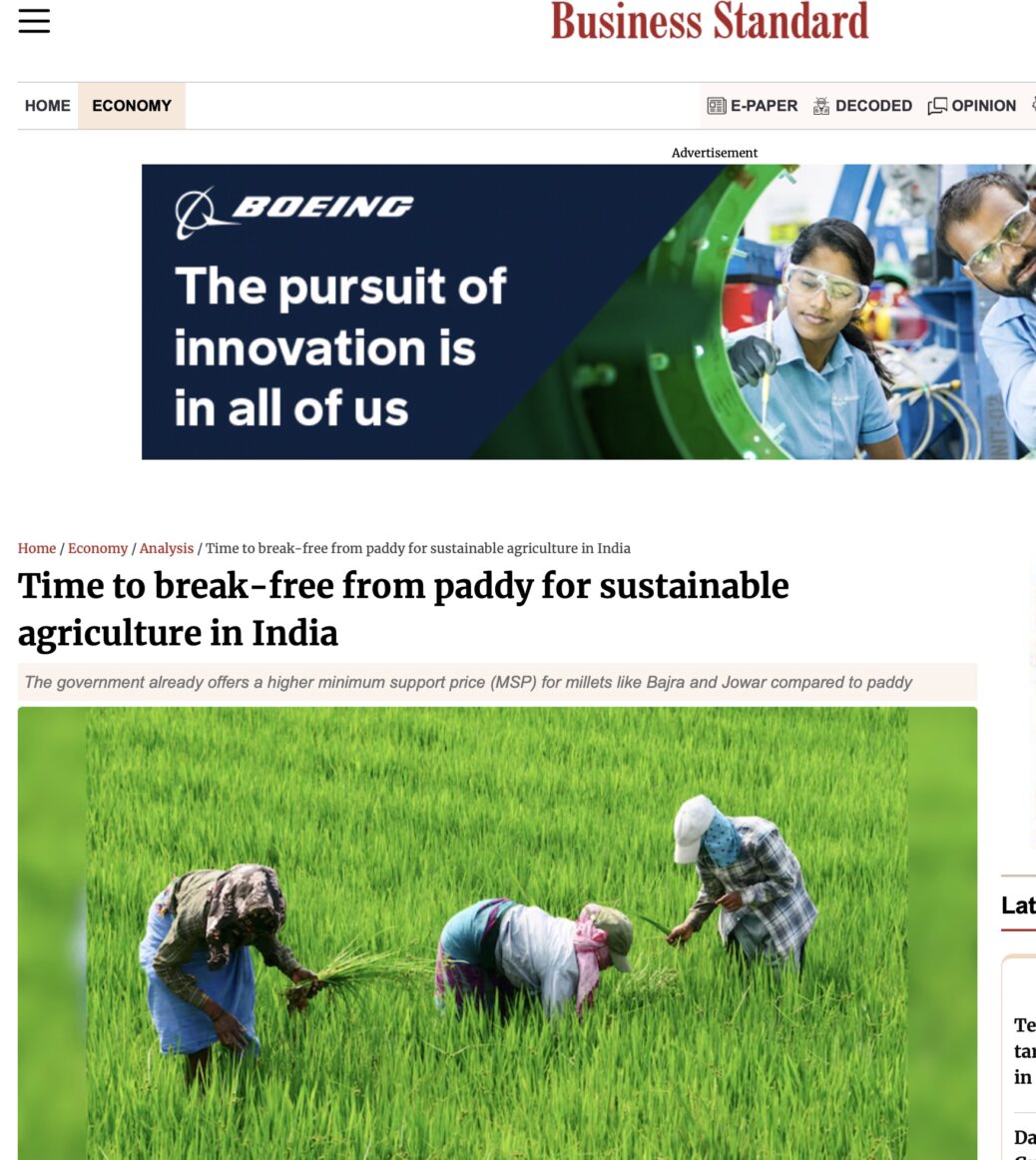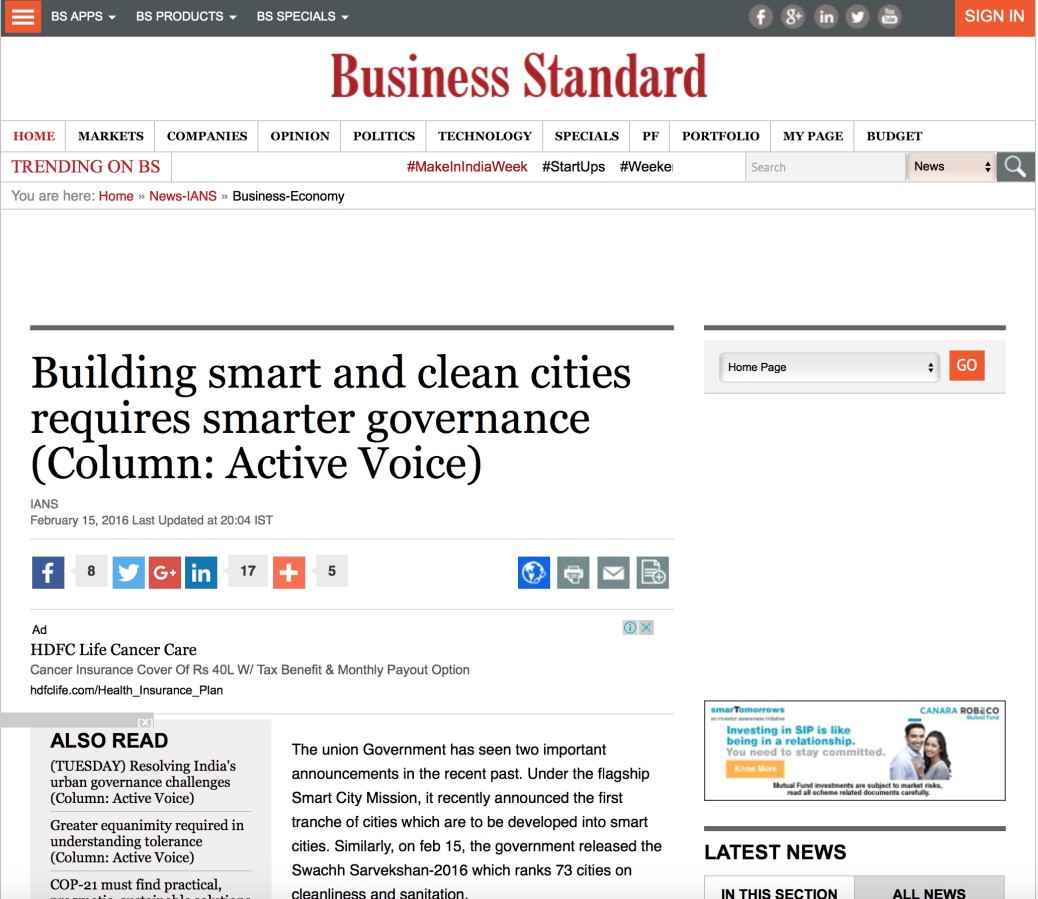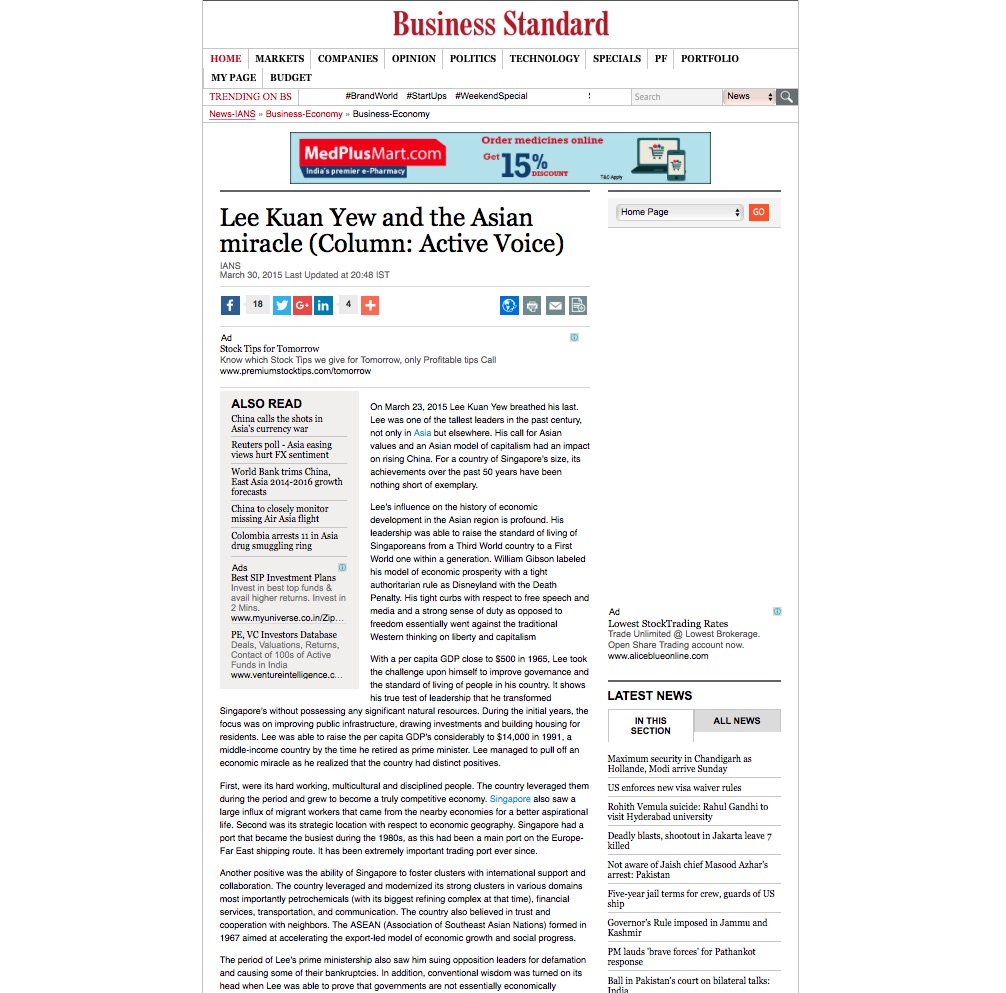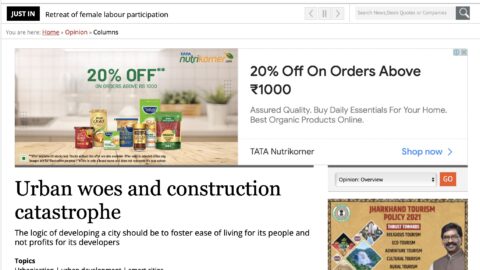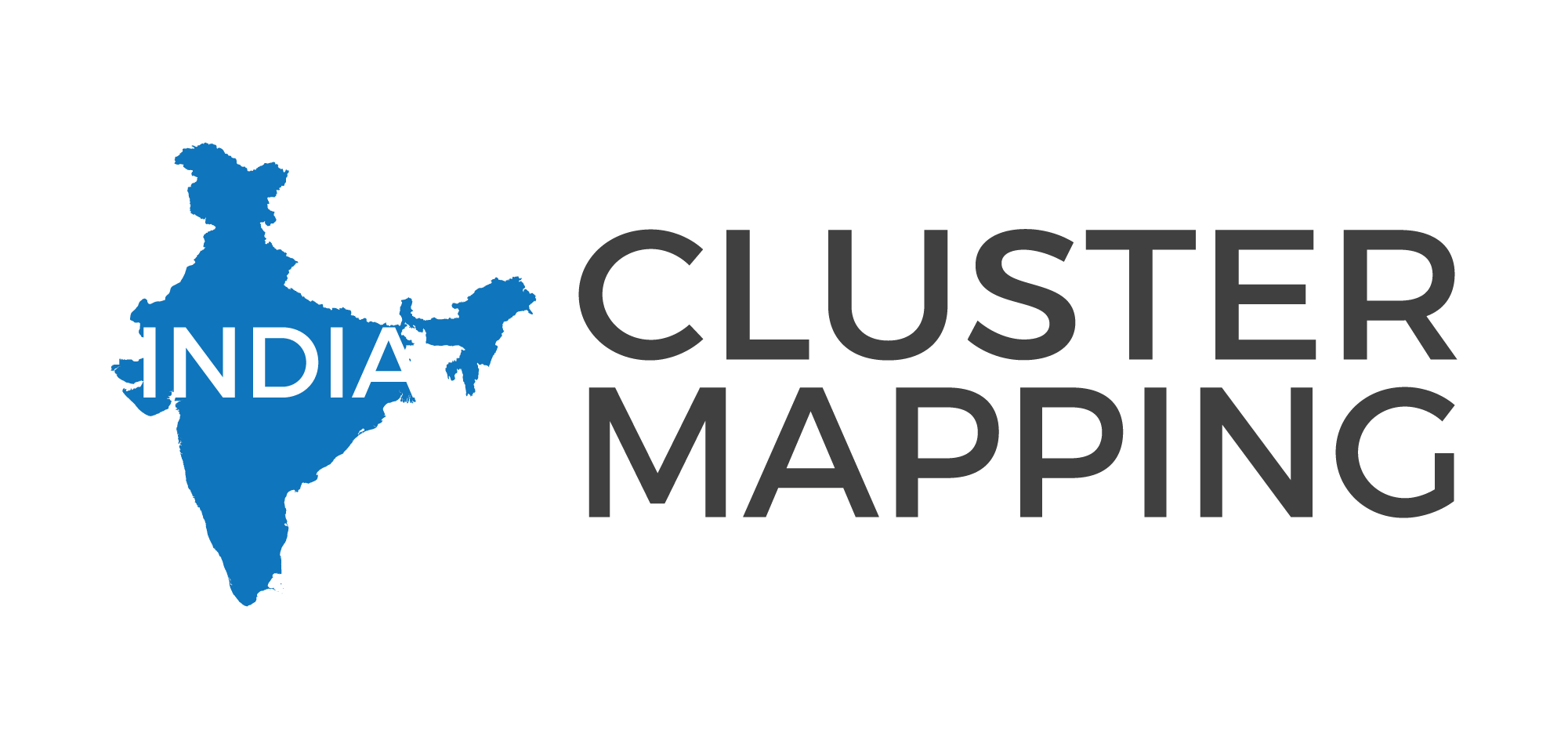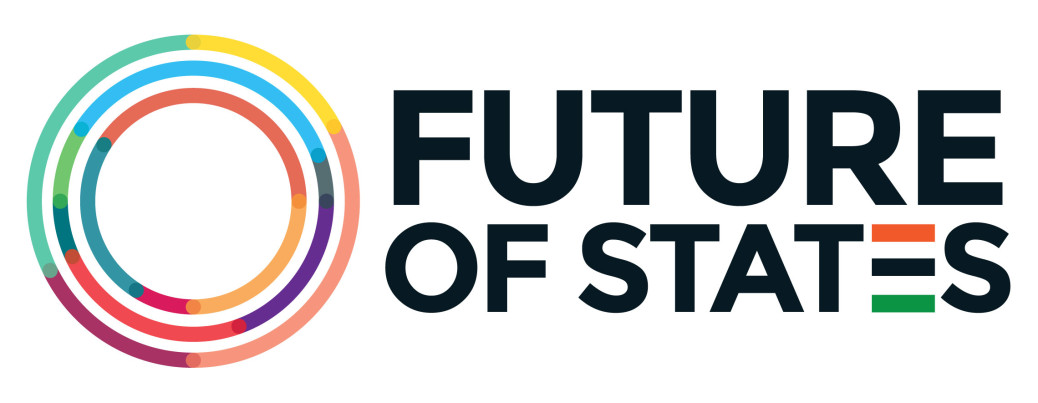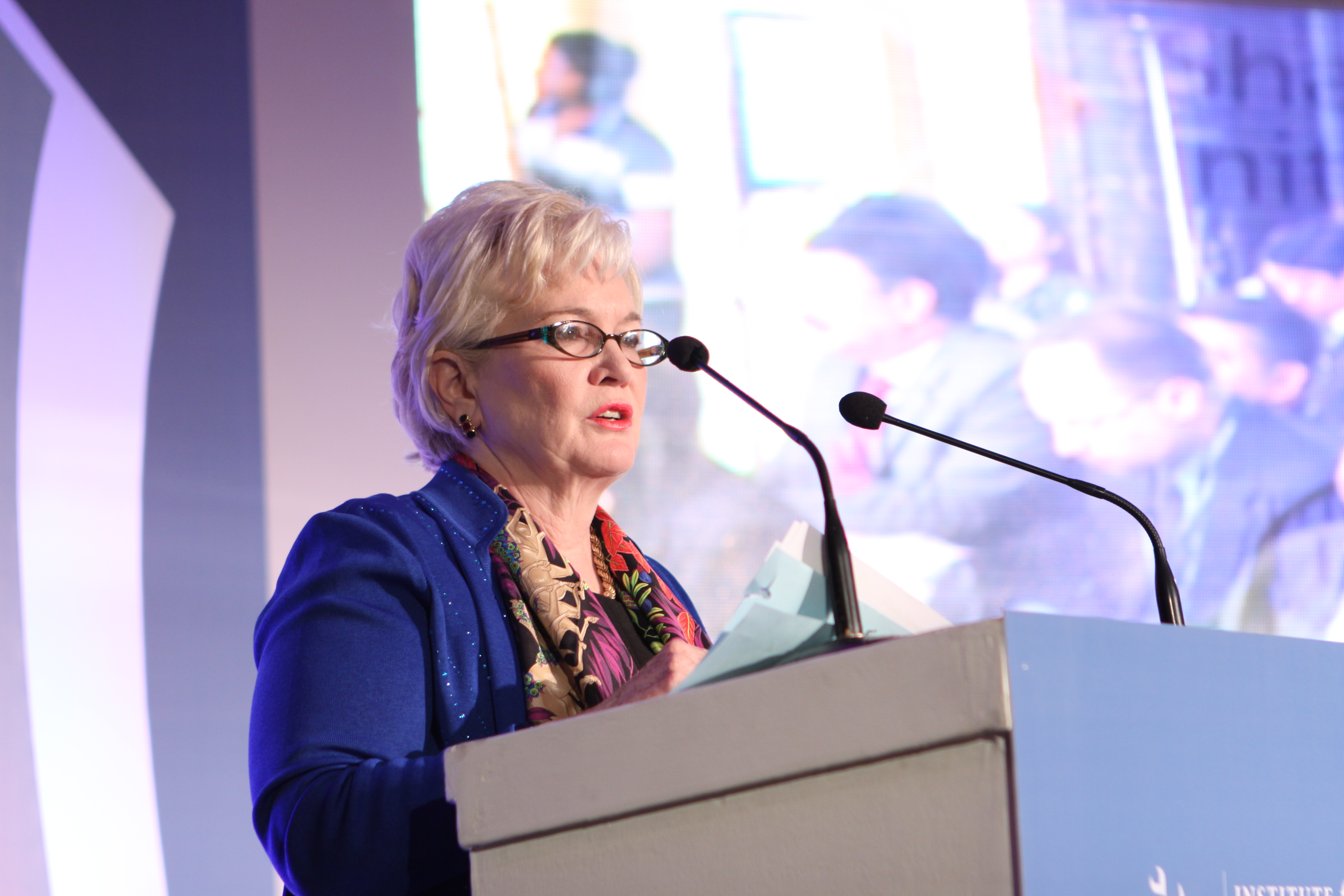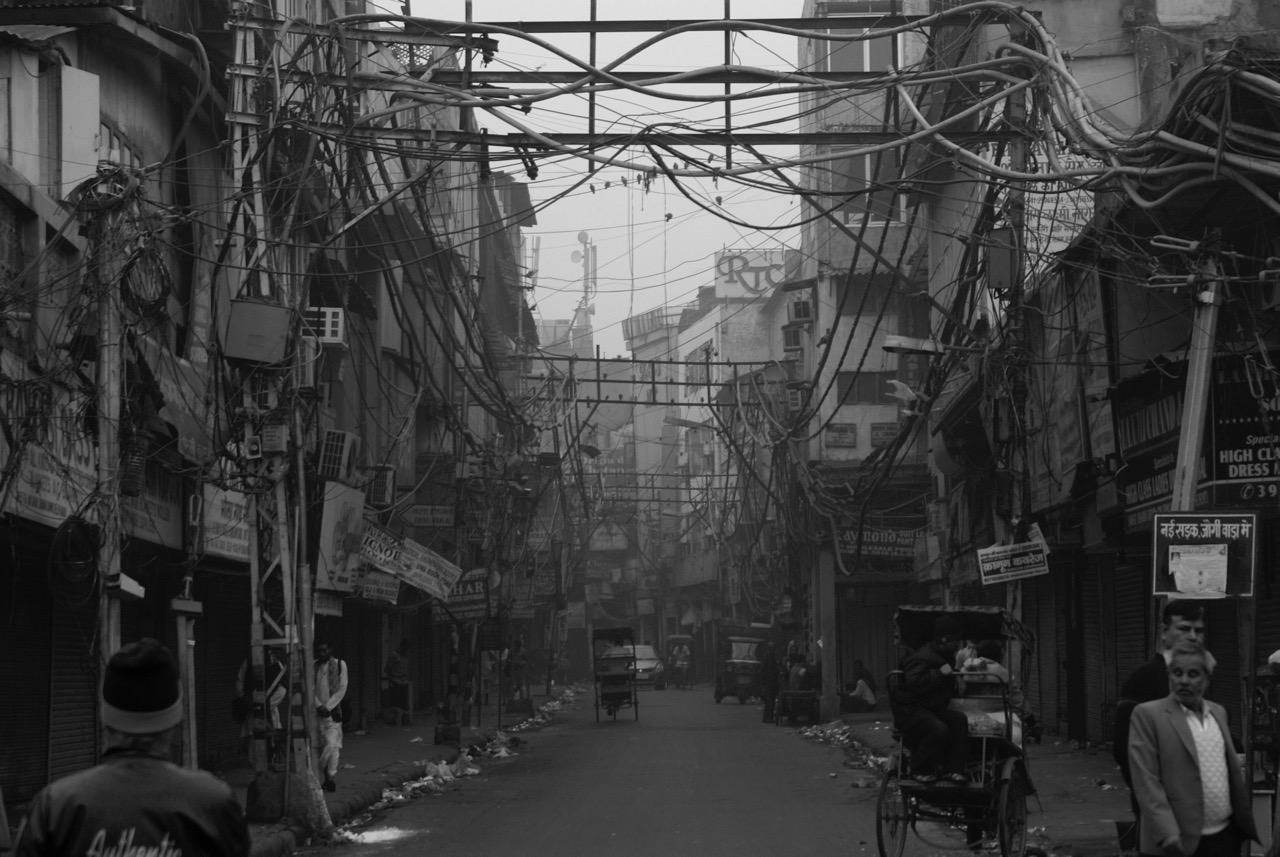By Amit Kapoor, Pradeep Puri and Ananya Khurana
The Indian agriculture sector is at a crucial juncture. Intensive paddy cultivation has been the cornerstone of the sector for decades now, providing livelihoods for millions of people. However, this practice now poses a significant roadblock in India’s journey towards sustainability. As per the latest estimate of 2023-24, paddy cultivation in India occupies an area of 47.82 million hectares (Mha), accounting for 36% of the total area under foodgrain production. It is projected that if the resource-intensive methods and the intensity of paddy production remain unchanged, then methane (CH4) and nitrous oxide (N2O) emissions from paddy cultivation could increase by 35–60%, by 2030. This can be accredited to over-irrigation of paddy fields, over-application of fertilizers, and paddy residue burning.
This acts as a reminder for Indian agriculture to rethink its agricultural practices in its pursuit of sustainability. Especially, the agrarian states of Punjab and Haryana should decrease their reliance on paddy production as they have a low contribution to the national pool of food grains at 8.8% from Punjab and 3.8% from Haryana. So, even if the two states discontinue paddy cultivation, food security would not be threatened as other states can expand their paddy production.Studies suggest that the central and eastern states of India such as Chhattisgarh, Jharkhand, and Bihar can intensify paddy production given their natural endowments of land and water resources. Additionally, the dwindling agricultural growth rates in Punjab (1.4%) and Haryana (4.1%) in the past five years reaffirm the need to break free from paddy for a sustainable future.
The government already offers a higher minimum support price (MSP) for millets like Bajra and Jowar compared to paddy, and the cost of producing millets is lower, yet most farmers resort to paddy production. This underscores the need for a paradigm shift in traditional agricultural practices and the mindset of the farmers such that the prospect of millet cultivation shines brighter than paddy cultivation. Financial incentives can play a pivotal role in driving this change. Either the current government expenditure on paddy production and procurement can be repurposed or new incentives can be created for millet production. The suggested change in agricultural practices could also ease the fiscal burden of the central and state governments of India as their expenditure on the production and procurement of paddy would reduce.
In line with it, in 2024, Punjab and Haryana offered a cash incentive of INR 17,500/ha to paddy farmers to switch from paddy cultivation to an alternative less resource-intensive crop such as millets. As per the latest estimates, the gross profit earned by the farmers of Punjab (INR 53,479/ha) and Haryana (INR 30,048/ha) from producing paddy exceeded the cash incentives offered for not producing it (Table 1). Therefore, as of now, the cash incentives offered to move away from paddy production are insufficient to incentivize the switch to millet production. In addition, as most farmers are sensitive to yield and income fluctuations, they are resistant to changing their agricultural practices, at least initially. This calls for an overhaul of the incentive mechanism such that it adequately incentivizes the paddy farmers to change their practices for the benefit of the environment, without compromising the economic welfare of the farmers and food security of the country.
Table 1: Gross Profit of Punjab is Higher Than That of Haryana
| Aspect | Punjab | Haryana |
| Area (ha) | 3,167,800 | 1,661,280 |
| Yield (Quintal/ha) | 43.41 | 35.64 |
| Cost of production (INR/Quintal) | 808 | 1197 |
| MSP (INR/Quintal) | 2,040 | 2,040 |
| Gross profit (INR/ha) | 53,479.49 | 30,047.91 |
Source: Ministry of Agriculture and Farmers Welfare, 2024
Some studies further suggest that the incentive amount should be doubled to INR 35,000/ha, on a 50:50 sharing basis between the centre and the state government. However, to arrive at an adequate amount of cash incentive that can effectively nudge farmers to pivot away from paddy production, the government should account for its expenditure on the production and procurement of paddy. Specifically, the fiscal subsidies offered on agricultural inputs such as fertilizers, power, and irrigation along with the expenditure incurred by the Food Corporation of India for the assured procurement of paddy at its MSP should be considered. The estimated amount can then be repurposed and offered to farmers to hedge the market risk of producing millet while ensuring environmental sustainability in the agriculture sector.
For instance, as of 2023-24, the central and state governments of Punjab and Haryana spend a significant amount to support paddy production and its assured procurement. Specifically, the government spends INR 1,55,004/ha in Punjab and INR 83,836/ha in Haryana. This expenditure is almost three times the gross profit that paddy farmers earn. To facilitate the paddy farmers of the two states to move away from paddy production, a fund can be created to disburse upfront cash incentives to them via a direct benefit transfer (DBT) system for not growing paddy in their fields. Alternatively, the farmers could either cultivate more environmentally sustainable crops such as Bajra and Jowar or keep the land fallow. The central and state governments can jointly participate in this initiative and provide cash incentives that are at least as much as the gross profit earned by the paddy farmers of both states. So, a cash incentive of INR 53,479/ha would be reasonable.
The suggested cash incentive would make the paddy farmers of Haryana better off and neutralize the paddy farmers of Punjab. This could further enable a doubling of their income within a couple of cropping seasons. Meanwhile, the government expenditure on production subsidies and paddy procurement would be slashed to half the original amount. Therefore, if the area, production, and yield of paddy are assumed to remain as they are in 2023-24, the government would be able to save over INR 6 lakh crore in Punjab and Haryana, over the next decade (Table 2). This further indicates the self-financing nature of the outlined incentive structure.
Table 2: Estimated Savings from Reduced Paddy Subsidy in Punjab and Haryana
| Aspect | Total |
| Area under paddy cultivation in Punjab and Haryana (ha) | 4,829,080 |
| Combined savings from reduced Paddy subsidy in both states (INR/ha) | 131,882.31 |
| Combined total savings in 10 years (INR crore) | 636,870.23 |
Source: Ministry of Agriculture and Farmers Welfare, 2024
The savings on government expenditure currently earmarked for paddy production and procurement in Punjab and Haryana can then be reinvested to establish a price stabilization fund for millet, build infrastructure to facilitate its higher exports and promote environmental restoration.
Imagine a scenario where farmers, the government, and the economy all benefit simultaneously, because of a well-designed incentive structure that encourages farmers to shift from paddy to millet production. The provision of cash incentives via a DBT system promises such a win-win situation. Such an incentive mechanism would not only encourage the farmers to break free from paddy cultivation and achieve agricultural sustainability but will also pave the way for financial growth of the farmers. Moreover, similar incentive structures could be adopted to invigorate the production of other crops such as maize, pulses, and oilseeds that are less resource-intensive but more economically lucrative than paddy.
The article was published with Business Standard on April 30, 2025.
